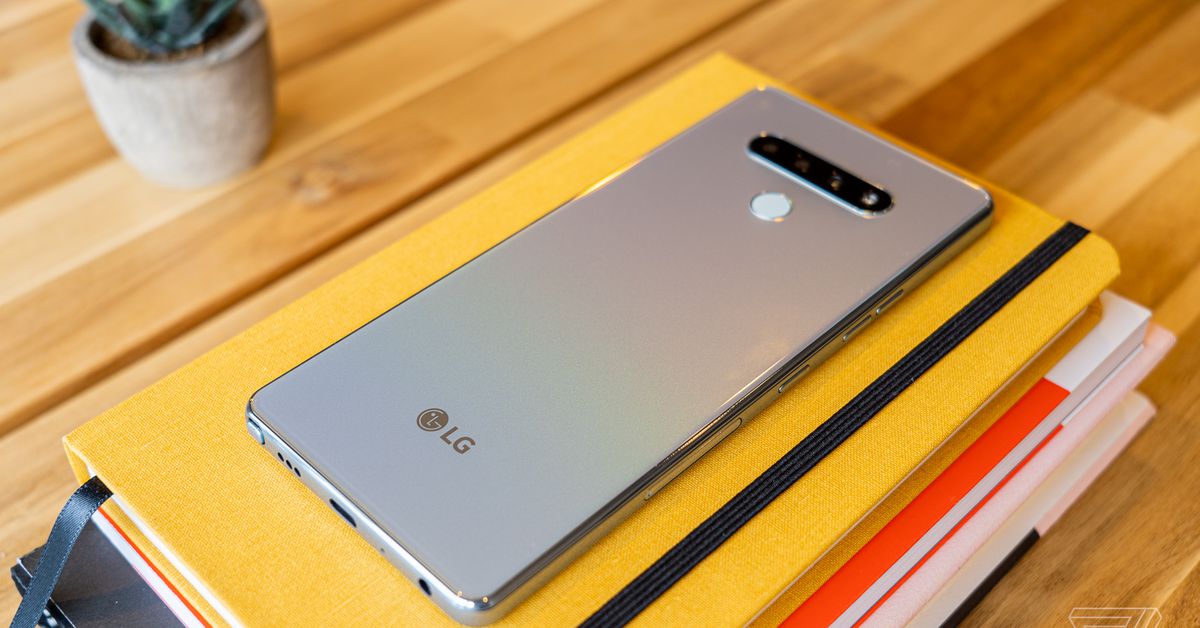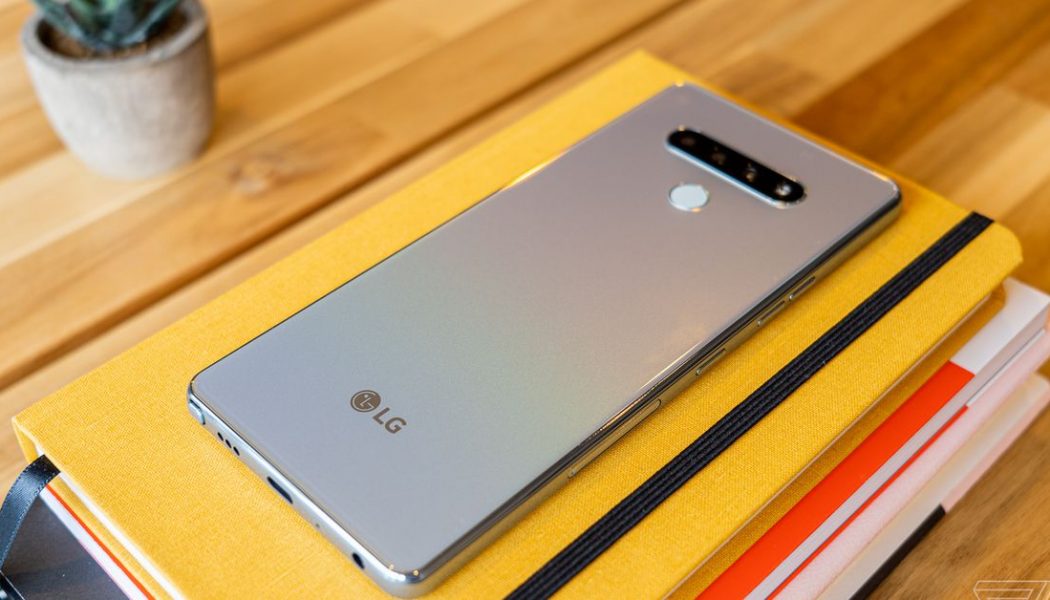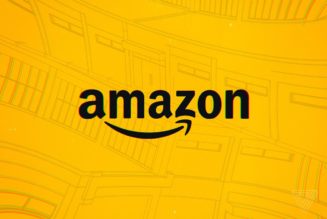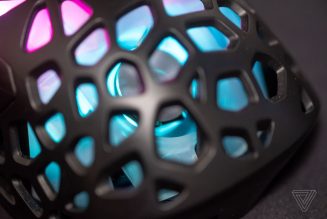
LG’s exit from the smartphone business felt inevitable in the weeks leading up to it as rumors mounted. When it was finally confirmed, Avi Greengart, a longtime consumer tech analyst and president of Techsponential, noticed a trend toward nostalgia in the reactions to the news.
“I’m not getting a lot of people saying ‘What will I do to replace my LG G8X ThinQ?’ I’m getting ‘Aw, my first phone was an LG flip phone, and it was durable and reliable and I loved it.’”
As someone who spent many years covering the digital camera market, it’s a very familiar moment to me. We mourn the loss of the brand that gave us our first flip phone or our first camera with a tweet and a broken heart emoji. But truthfully, we moved on long ago, as did most of the rest of the phone- or camera-buying population.
Things weren’t looking good for LG’s phone business in 2016 when it introduced the modular G5, and the ecosystem’s failure to take off perpetuated what would become years of losses for the mobile division. In 2020, the smartphone business recorded an operational loss of around $750 million for the year; the company promised to “closely review the direction of the business,” and we know now how that turned out.
While most shoppers have moved on, there are still gaps left in the market when a Kodak or an LG packs it in. “This is a void. When they do leave, this will be a void,” says Ryan Reith, program vice president for IDC’s Mobile Device Tracker division. He says that through last year, LG still held close to 10 percent market share in the US.
In particular, the company still had a solid foothold in the prepaid device business. Greengart doesn’t think there will be any lack of appetite to snap up that share of the market. “The competition there is brutal. The real question is will US carriers invite a new brand in — someone like Xiaomi would be my longshot.” The company’s Redmi and Poco lineups might be good candidates, with a focus on bringing high-end features and solid performance to affordable handsets.
Greengart also notes that OnePlus already has a foot in the door at Metro by T-Mobile, the carrier’s prepaid sub-brand. Samsung has already announced that it will sell two of its least expensive A-series phones, the A02s and A12, through prepaid brands like Cricket and Metro this spring.
As for the sub-$300 space in general, there’s no shortage of brands ready to pounce. “I would say the two brands that are probably going to take that share going to be Motorola and TCL,” Reith says. He notes that Motorola is already well-positioned to pick up LG’s Latin American customers, which was recently about 30 percent of its mobile phone business. Even on an individual device level, there are obvious heirs: one of LG’s last bestselling devices is the Stylo 6, and its sole competitor, the Moto G Stylus, is quite frankly a better phone.
TCL has also made it clear in the past couple of years that it’s eager to get its own brand devices into more consumers’ hands, in addition to the phones the company already makes for other brands. Reith says he’s “bullish” on the company’s prospects, as more US shoppers have become familiar with the brand name by way of its TV business. If one thing’s certain, it’s that more than a few companies are in a good position to fill that void LG leaves behind. As Greengart puts it, “Undoubtedly there will be plenty of substitutes; in fact there already are.”
Although LG only had a small presence in the premium market, there’s a gap left there too — even if it’s mostly symbolic. The few devices the company still sold were an alternative to the two dominant brands in the US: Apple and Samsung. Especially considering the lower cost of entry to the S21 series this year, those remaining customers will likely be easily scooped up by the duopoly. “The market is mostly Apple and Samsung in the United States,” says Greengart. “If it was concentrated before, it’s even more concentrated today.”
Realistically though, the market had already spoken. LG’s efforts at bold, unusual designs in the premium space never caught on and spelled serious trouble for the business. Reith points to the LG Wing as an example. “To come up with a design like that… it takes so much money for R&D, that when you put that out and it only sells thousands of units — not hundreds of thousands, but thousands of units — it’s a big, big loss,” he says.
LG’s premium devices may have been interesting and unique, but the market spoke, and the company’s mobile phone exit became seemingly inevitable. That’s how these things work, and a multitude of companies are ready to swoop in and pick up where LG left off. But whether you follow mobile tech closely or just have a special place in your heart for your old flip phone, many of us will still take the opportunity to pause and shed a digital emoji tear.










